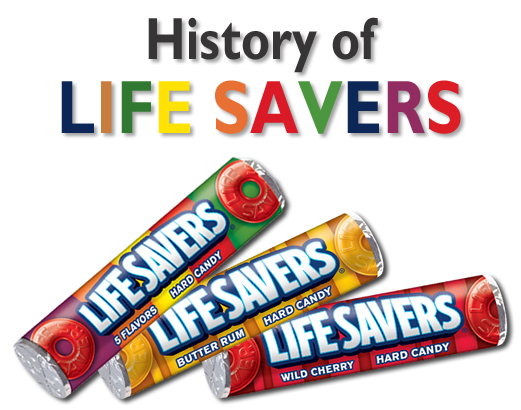The origin of a favorite stocking stuffer that was mostly accidental.

Crane hired a pill manufacturer to make and package his mints, but there was a big problem: the pill machine kept poking a hole in the middle of the mints. The pill maker was apologetic, but Crane didn’t mind. He thought that the round, flat mints with a hole in the middle made them look even more different than the European candies he was basing the candies on. Even more than that, Crane thought they looked like life preservers…also known as lifesavers. And so that’s what Crane called his new line: Life Savers. Crane took the nautical theme to the logical conclusion in the marketing for Life Savers, launching an ad campaign urging customers to fight “that stormy breath” with Pep-O-Mint flavored Life Savers.
But in spite of all of that, Life Savers were a flop. That’s because they tasted terrible. Crane sold them packaged in cardboard tubes, which made the candy dry out, and sap their flavor. Facing financial ruin, in 1913 Crane sold the idea of Life Savers to a New York businessman named Edward Noble for $2,900 (that’s about $66,000 in today’s money). Noble’s first move: he started selling the candies in flavor-saving tinfoil. The candy was an immediate hit, and really took off when the five-flavored-fruit roll was introduced in 1935. More than a billion rolls have sold since.







